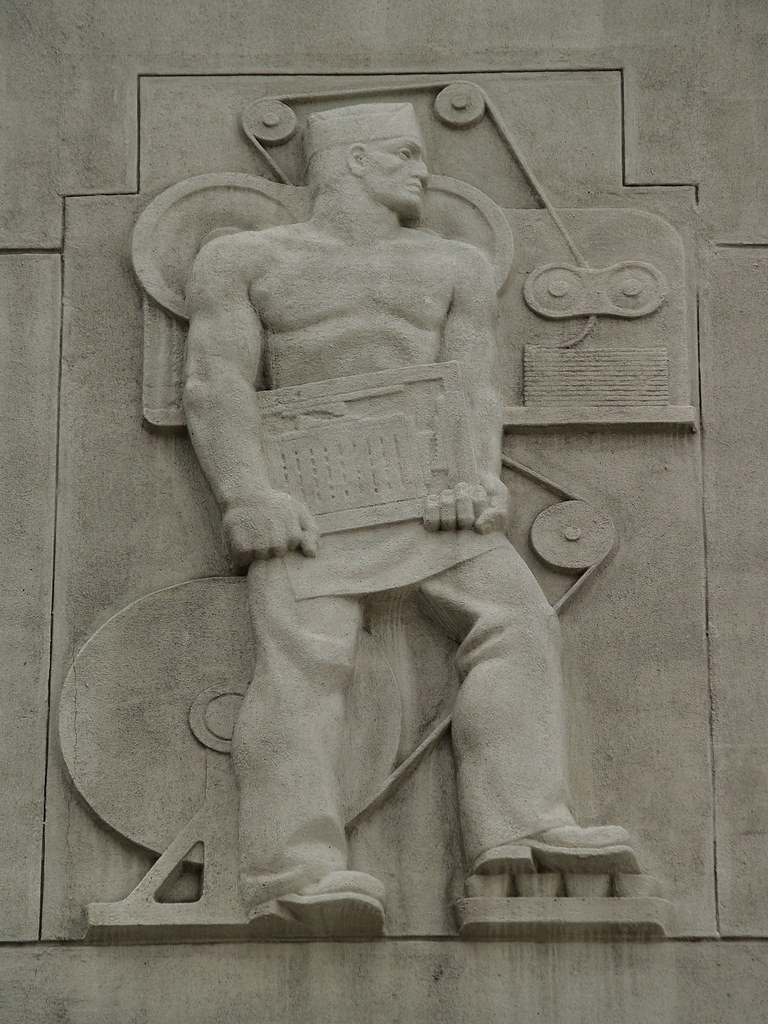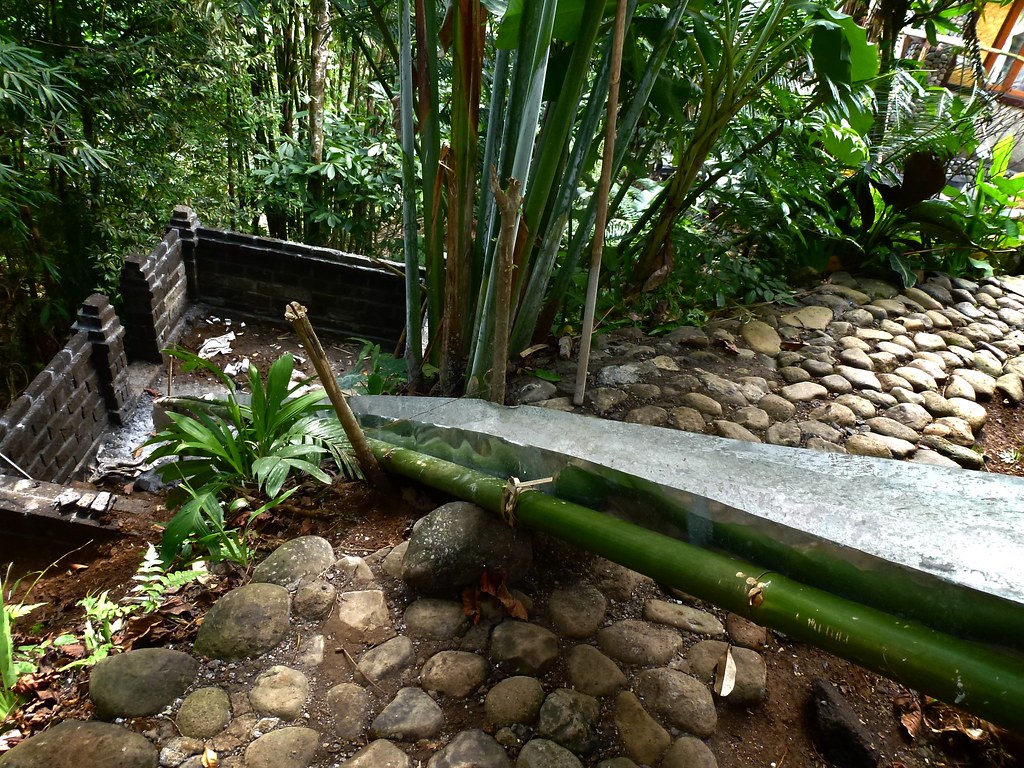Step into the modern office space of today, and you'll likely be greeted by sleek lines, minimalist design, and an overall sense of efficiency. But what if we told you that there's a growing movement in the world of office architecture that is challenging this status quo? Enter Brutalist elements, a bold and controversial style that is making its mark on contemporary workspaces. In this article, we will delve into the world of Brutalist architecture and explore how its distinctive features are being embraced in modern offices. Get ready to rethink your preconceptions of what an office should look like, as we uncover the surprising beauty and functionality of embracing the boldness of Brutalism.

Analyzing how modern offices incorporate elements of nature, such as plants and natural materials, within brutalist architecture to create a more calming and productive work environment.
Exploring how modern offices prioritize ergonomic design principles to ensure employee comfort and well-being within the bold architecture.
Examining how modern offices seamlessly integrate technology infrastructure within the brutalist design, enhancing productivity and efficiency.
Discussing how modern offices use art installations and creative expression to add vibrancy and personality to the bold architectural elements.
Highlighting how modern offices design communal areas and collaborative spaces within the brutalist framework, fostering teamwork and innovation.
Investigating how modern offices evoke specific emotions and moods through the use of brutalist architecture, creating a unique and memorable experience for employees and visitors.
Brutalist design has emerged as a bold and distinctive approach to modern office spaces. Characterized by its raw and unfinished aesthetic, this architectural style has gained popularity for its unique and unapologetic expression. The rise of brutalist design in office spaces can be attributed to its ability to create a strong visual impact and evoke a sense of authenticity and strength.
Brutalist architecture has a profound impact on workplace productivity. The use of exposed concrete, minimalistic design, and large open spaces creates an environment that promotes focus and concentration. The simplicity and functionality of brutalist design eliminate distractions and provide employees with a clean and organized workspace, ultimately enhancing their productivity and efficiency.
Brutalist elements in office design have been found to foster creativity and collaboration among employees. The use of raw materials and unconventional shapes stimulates innovative thinking and encourages employees to think outside the box. Additionally, the open and spacious layout of brutalist spaces promotes interaction and communication, creating a collaborative environment where ideas can flow freely.

A Bold Approach to Modern Office Spaces
Embracing Brutalist Aesthetics in Contemporary Workspaces
The Benefits of Incorporating Brutalist Elements in Office Design
Transforming Office Spaces with Brutalist Architecture
Modern offices have found innovative ways to incorporate concrete into their design, utilizing it as a key element that showcases its versatility and aesthetic appeal. From exposed concrete walls to polished concrete floors, this material adds a touch of modernity and industrial charm to the workspace.
Embracing simplicity and clean lines, modern office spaces create a minimalist atmosphere that complements the brutalist architecture. With sleek furniture, neutral color palettes, and clutter-free spaces, these interiors promote focus, productivity, and a sense of calm.
Modern offices prioritize functional furniture that aligns with the bold architecture, ensuring both form and functionality. From ergonomic chairs to modular workstations, these designs optimize comfort and efficiency, enhancing the overall work experience for employees.
Modern offices incorporate concrete as a key element of their design, showcasing its versatility and aesthetic appeal.
Modern office spaces embrace simplicity and clean lines, creating a minimalist atmosphere that complements the brutalist architecture.
Modern offices integrate functional furniture that aligns with the bold architecture, ensuring both form and functionality.
Modern offices leverage natural light to enhance the brutalist elements, creating a harmonious blend of light and concrete.
Modern offices address the acoustic challenges posed by brutalist architecture, implementing innovative solutions to create a comfortable working environment.
Modern offices incorporate sustainable materials and practices in their design, aligning with the principles of brutalist architecture while minimizing their environmental impact.
Modern offices are increasingly incorporating elements of nature, such as plants and natural materials, within brutalist architecture to create a more calming and productive work environment. Biophilic design recognizes the innate human connection to nature and seeks to bring those elements into the built environment. By incorporating greenery, natural light, and organic textures, modern offices aim to create a sense of well-being and connection to the natural world. This integration of biophilic design within brutalist architecture not only enhances the aesthetic appeal of the space but also has been shown to improve employee productivity, reduce stress levels, and increase overall satisfaction.
Modern offices prioritize ergonomic design principles to ensure employee comfort and well-being within the bold architecture of brutalist offices. Ergonomics focuses on creating workspaces that are tailored to human needs and capabilities, taking into account factors such as posture, movement, and physical comfort. In brutalist offices, this translates to the design of adjustable desks and chairs, proper lighting to reduce eye strain, and the incorporation of standing or active workstations. By providing ergonomic workspace solutions, modern offices aim to optimize employee health and productivity, reducing the risk of musculoskeletal disorders and promoting overall well-being.
Modern offices seamlessly integrate technology infrastructure within the brutalist design, enhancing productivity and efficiency. In today's digital age, technology plays a crucial role in the workplace, and modern offices recognize the importance of integrating it seamlessly into the architectural framework. This integration includes features such as smart lighting systems, advanced audiovisual capabilities for presentations and meetings, and high-speed internet connectivity throughout the space. By incorporating technology into the design, modern offices create a technologically advanced work environment that supports collaboration, communication, and innovation. The integration of technology within brutalist offices not only enhances functionality but also adds a modern and futuristic touch to the overall aesthetic.

Analyzing how modern offices incorporate elements of nature, such as plants and natural materials, within brutalist architecture to create a more calming and productive work environment.
Exploring how modern offices prioritize ergonomic design principles to ensure employee comfort and well-being within the bold architecture.
Examining how modern offices seamlessly integrate technology infrastructure within the brutalist design, enhancing productivity and efficiency.
Discussing how modern offices use art installations and creative expression to add vibrancy and personality to the bold architectural elements.
Highlighting how modern offices design communal areas and collaborative spaces within the brutalist framework, fostering teamwork and innovation.
Investigating how modern offices evoke specific emotions and moods through the use of brutalist architecture, creating a unique and memorable experience for employees and visitors.
In conclusion, the incorporation of Brutalist elements in modern offices represents a bold and progressive approach to architecture. This design aesthetic, characterized by its raw and exposed concrete structures, not only pays homage to the past but also serves as a powerful statement in the present. By embracing the strength and solidity of Brutalism, these offices create a unique and inspiring environment that fosters creativity, productivity, and innovation. Furthermore, the relevance of this architectural style in the contemporary world cannot be overstated. As we continue to search for ways to balance functionality with artistic expression, the inclusion of Brutalist elements in office spaces offers a refreshing departure from conventional design norms. With its ability to captivate and stimulate the senses, Brutalism stands as a testament to the enduring power of architecture to shape our physical and emotional experiences. As we look to the future, it is clear that the influence of Brutalism will continue to inspire and redefine the boundaries of office design, leaving a lasting impact on the way we work and interact within these spaces.
Immerse yourself in architecture’s most boundary-pushing ideas—where innovative home improvements meet visionary urban developments. Discover new building techniques, materials, and creative concepts that are redefining how we shape our spaces on a global scale.